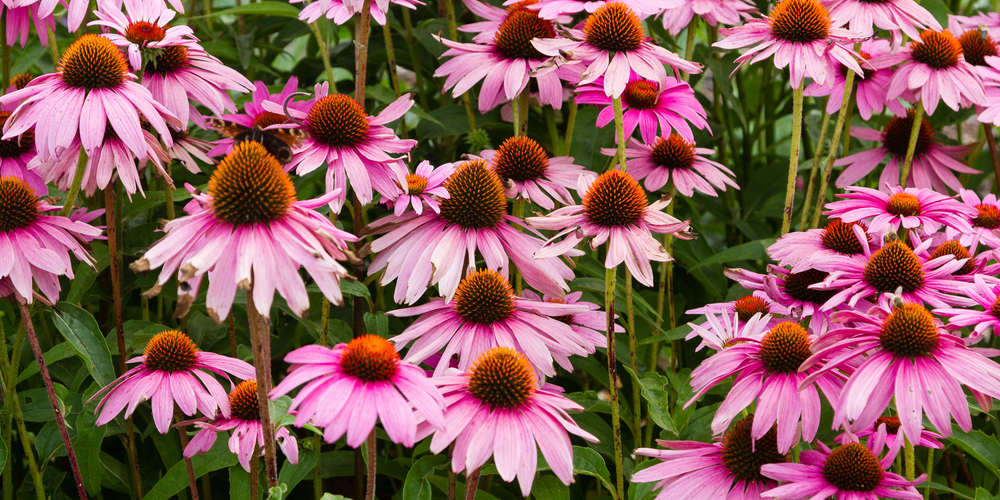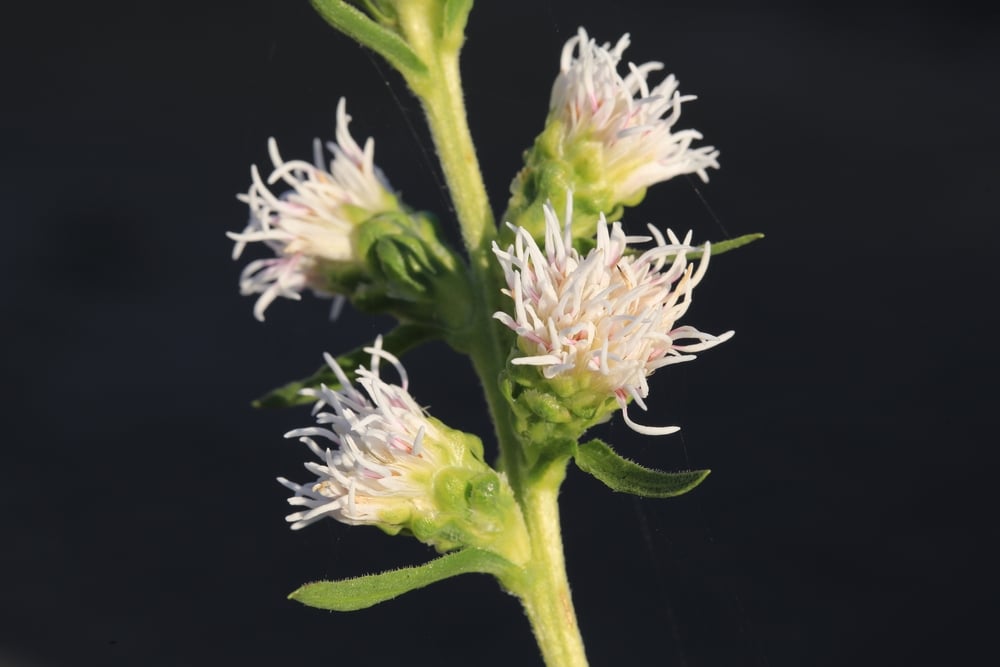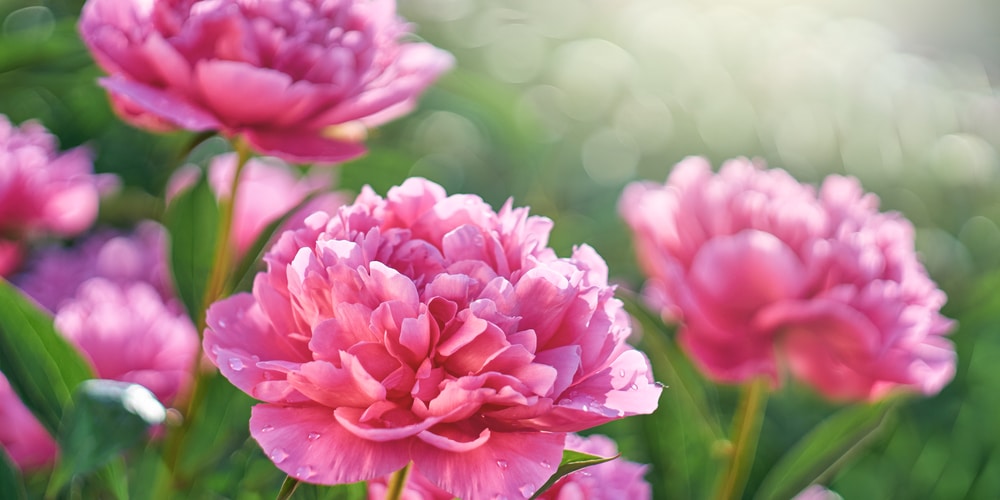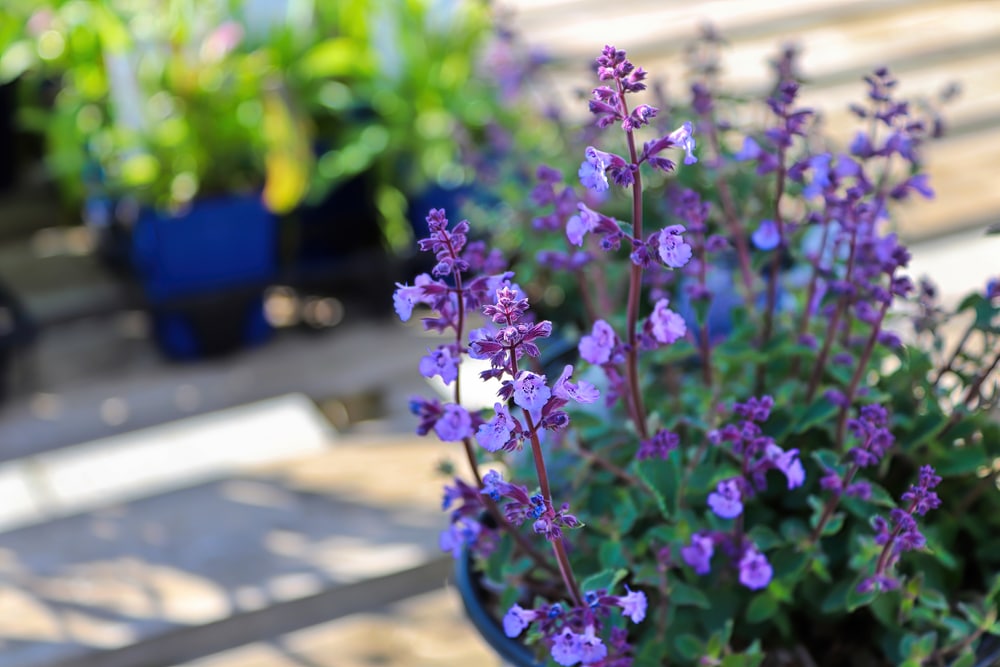When is Too Early for Perennials in IL
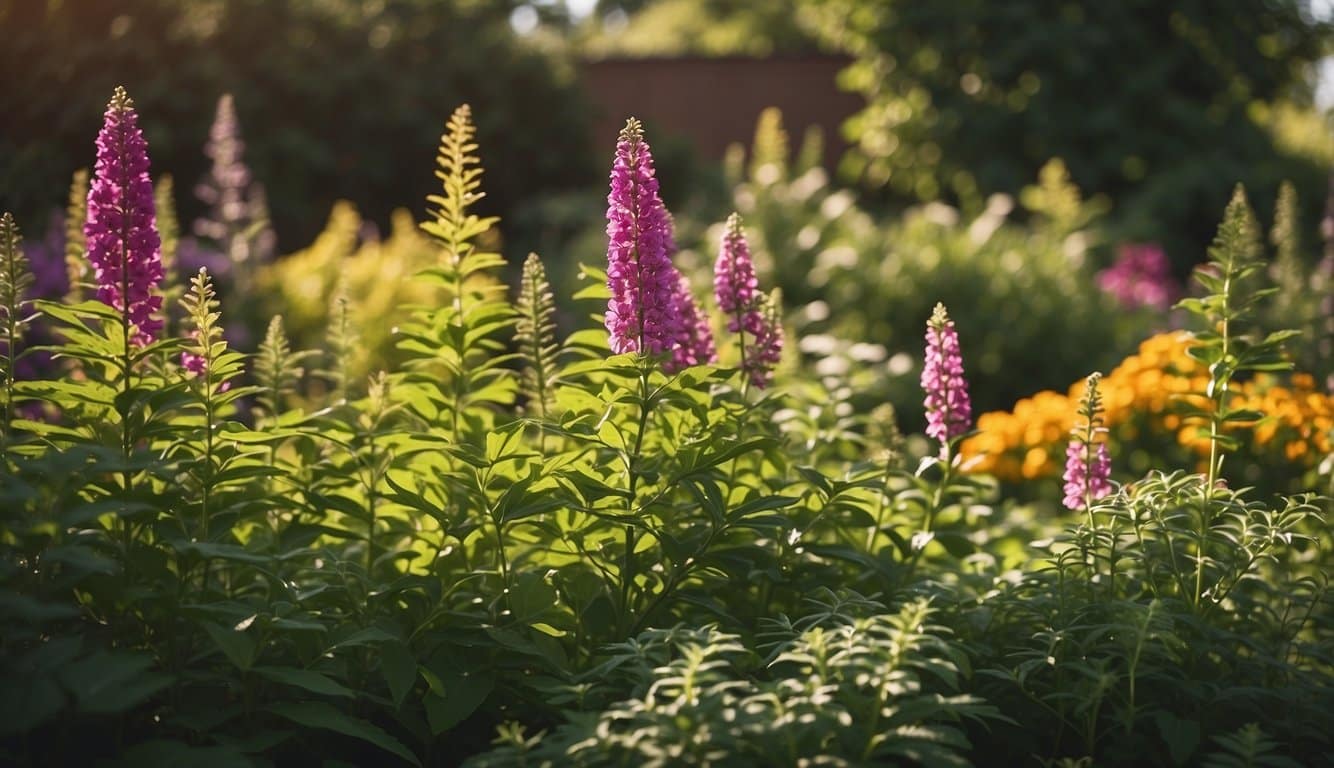
Illinois offers a diverse climate that suits a wide range of perennials.
Understanding the regional climate is key to cultivating a thriving garden.
Zones: Primarily in USDA Hardiness Zones 5a through 7a, Illinois experiences cold winters and warm summers, which impacts the types of perennials you can grow.
| Region | USDA Zone | Features |
|---|---|---|
| Northern | 5a, 5b | Frosts can extend into late spring. |
| Central | 5b, 6a | Moderate climate with a longer growing season. |
| Southern | 6b, 7a | Milder winters and early onset of spring. |
Temperature: Your perennials must be resilient to cold with some thriving in the cool fall, while others require the warmth of late spring to bloom.
- Winter lows can dip to -20°F (-29°C) in the north, necessitating hardy plant choices.
- Summer highs may reach up to 95°F (35°C) providing an excellent growing season for many perennials.
Soil Conditions: Illinois soil varies from the sandy, well-drained soils in the north and central regions to the clay-rich soils in the south.
- Amendments: It’s beneficial to work with compost or organic matter to ensure that nutrients are well-balanced.
- pH levels: Test your soil since it can range from mildly acidic to alkaline.
Precipitation: Ranging from 36 to 48 inches annually, proper drainage is crucial to prevent root rot in your perennials.
- Dry Spells: Be prepared to supplement natural rainfall with watering during dryer periods.
- Snowfall: Provides insulation for dormant plants in winter.
Selecting Perennials for Illinois
When choosing perennials for your Illinois garden, it’s essential to consider soil conditions, sunlight exposure, and water requirements.
These factors will determine the success and vitality of your perennial plants throughout the seasons.
Assessing Soil Conditions
Your perennials’ health starts with the quality of your soil. Illinois soil can range from rich loam to heavy clay.
Test your soil pH and structure before planting to understand what amendments may be needed. Most perennials thrive in a pH range of 6.0 to 7.0.
If your soil is heavy in clay, consider adding organic matter to improve drainage and aeration.
Understanding Sunlight Needs
Perennials have a specific light requirement, ranging from full sun to full shade.
Full sun denotes at least six hours of direct sunlight, while partial shade refers to about three to six hours. Some plants, like Coral Bells, can tolerate drier, shadier conditions.
Use the following guide to match perennials with sunlight:
- Full Sun: Six or more hours of direct sun
- Partial Sun/shade: Three to six hours of sun
- Full Shade: Less than three hours of direct sun
Water Requirements for Perennials
While Illinois receives an ample amount of rainfall, the water needs of perennials can vary.
Some plants, particularly native species, are more drought-resistant and require minimal supplemental watering.
However, during the establishment period and in the heat of summer, ensure your perennials receive an inch of water per week.
Use mulch to help retain soil moisture and reduce watering frequency. Here’s a handy list for water requirements:
- Drought-tolerant: Little supplemental watering needed
- Moderate water: Regular watering, especially in dry periods
- High water: Frequent watering, especially in well-drained soils
Top Perennials That Thrive in Illinois
Perennials are the backbone of any garden, and in Illinois, you want to select plants that are well-suited to the climate extremes.
The following flowers not only add vibrant color and variety to your garden but are also tough enough to withstand the region’s weather conditions.
Coneflower (Echinacea spp.)
Echinacea, commonly known as Coneflower, is a hardy perennial that prospers in the full sun of Illinois.
This native plant offers a range of colors, including purples, pinks, and whites, and it beckons butterflies and birds to your garden.
Black-Eyed Susan (Rudbeckia hirta)
Rudbeckia hirta, or Black-Eyed Susan, is characterized by its bold yellow petals circling a dark brown center. These flowers can handle partial shade to full sun and are perfect for adding a cheerful pop of color to your space.
Blazing Star (Liatris spicata)
Liatris spicata, referred to as Blazing Star, is distinguished by its unique, tall spikes of purple flowers.
It’s a magnet for pollinators and thrives in well-drained soils, making it ideal for Illinois gardens that experience hot summers.
Russian Sage (Perovskia atriplicifolia)
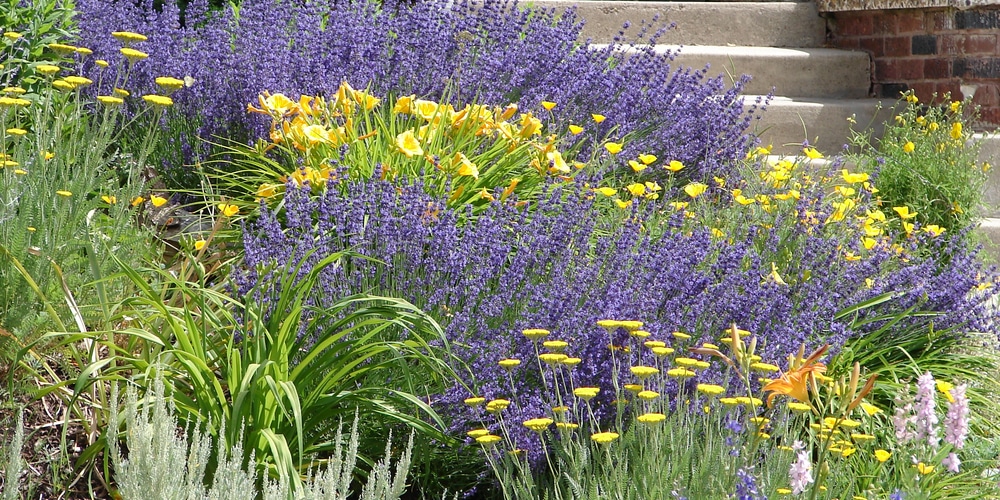
Perovskia atriplicifolia, known as Russian Sage, is a woody perennial with lavender flowers and silvery foliage that offers a lovely contrast.
It excels in well-drained soil and full sun, proving to be both drought-resistant and deer-resistant.
Peony (Paeonia lactiflora)
The lush Paeonia lactiflora, or Peony, is a beloved perennial that provides large, fragrant blooms in late spring.
These plants need well-drained soil and do best with some afternoon shade to protect their delicate flowers.
Daylily (Hemerocallis spp.)
Hemerocallis spp., commonly Daylily, presents an array of color options and is known for its trumpet-shaped flowers.
These adaptable perennials are tolerant of a variety of soil conditions and are a hassle-free choice for any gardener.
Catmint (Nepeta spp.)
Nepeta spp., or Catmint, offers a soft, blue-purple flower and fragrant foliage that can help to deter pests.
It’s a drought-tolerant plant that enjoys full sun and well-drained soil, making it a perfect fit for Illinois landscapes.
Planting and Maintenance Tips
When establishing perennials in Illinois, selecting the appropriate time for planting is critical.
Spring is ideal, as it offers moderate temperatures and ample rainfall, supporting root establishment. However, you can also plant in the early fall, avoiding the intense midsummer heat.
Soil preparation is the foundation of a thriving perennial garden.
Begin by loosening the soil to a depth of 12-15 inches and mix in a 2-4 inch layer of compost to enrich it.
Here’s a simple maintenance checklist:
- Watering: New perennials need consistent moisture. Provide about an inch of water weekly, more during dry spells.
- Mulching: Apply a 2-inch layer of mulch to retain soil moisture and regulate temperature.
- Deadheading: Remove spent flowers to encourage reblooming and prevent self-seeding if undesired.
- Dividing: Every 3-5 years, divide perennials to maintain vigor and plant health.
Consider these factors for plant health and strength:
| Factor | Recommendation |
|---|---|
| Sunlight | Full sun to partial shade. |
| Soil Type | Well-draining, loamy soil. |
| pH Level | Neutral to slightly acidic. |
| Fertilization | Balanced, slow-release fertilizer annually. |
Perennial Garden Design in Illinois
When designing a perennial garden in Illinois, you should consider plants that are well-adapted to the local climate.
Illinois experiences a wide range of weather, from hot summers to cold winters, making it essential to choose perennials that can thrive under these conditions.
Selecting the Right Perennials:
- Look for species that handle temperature fluctuations, such as Coreopsis and Coral Bells (Heuchera Sanguinea).
- Consider native plants like Lady’s Mantle for their resilience and low maintenance needs.
- Hibiscus varieties add a tropical flair and can survive Illinois winters with the right care.
Plant Grouping:
- Organize your perennials in groups to create visual interest and ease in maintenance. Groups of threes or fives can be pleasing to the eye.
Layering Your Plants:
- Front Layer: Low-growing ground covers, like Lady’s Mantle.
- Middle Layer: Medium-height perennials such as Coreopsis.
- Back Layer: Tall perennials, for instance, species of Hibiscus.
Color and Bloom Time:
- Mix plants that offer different colors and bloom at varying times to ensure your garden has continual interest throughout the seasons.
Soil and Sunlight:
- Soil: Amend with compost for the best plant health; drainage is critical.
- Sunlight: Full sun locations are ideal for the majority of the listed perennials, but some, like Coral Bells, can tolerate dry or shaded areas.
Frequently Asked Questions
In this section, you’ll find specific answers addressing common concerns about perennials that are well-suited to thrive in the varying Midwestern climate.
What perennials bloom throughout the entire summer in the Midwest?
Coral Bells are known for their long-lasting blooms and can thrive throughout the summer. They boast bell-shaped flowers and cater to drier areas in your garden.
Which low-maintenance perennials are best suited for Wisconsin’s climate?
Coreopsis, with its daisy-like blooms, is a fantastic choice for Wisconsin gardens, requiring little care. Just provide it with full sun and well-drained soil to flourish.
What are some native plants of the Midwest that are easy to care for?
Black-eyed Susans and Purple Coneflowers are native Midwestern perennials that require minimal maintenance. They are also drought-resistant and attract pollinators to your garden.
What is the most durable perennial that can withstand harsh weather?
Daylilies are exceptionally durable and can handle various weather conditions. They can thrive in intense heat or frigid cold, making them a robust choice for the Midwest.
What is the lifespan of the longest living perennial flower?
Peonies are one of the longest-living perennials, capable of thriving for up to 100 years when planted in a suitable location with proper care.
Until what time of year is it advisable to plant perennials in Illinois?
The best time to plant perennials in Illinois is generally by late fall. Ideally, this should be done before the first hard frost, giving them time to establish roots for the spring.
Last update on 2025-06-06 / Affiliate links / Images from Amazon Product Advertising API



